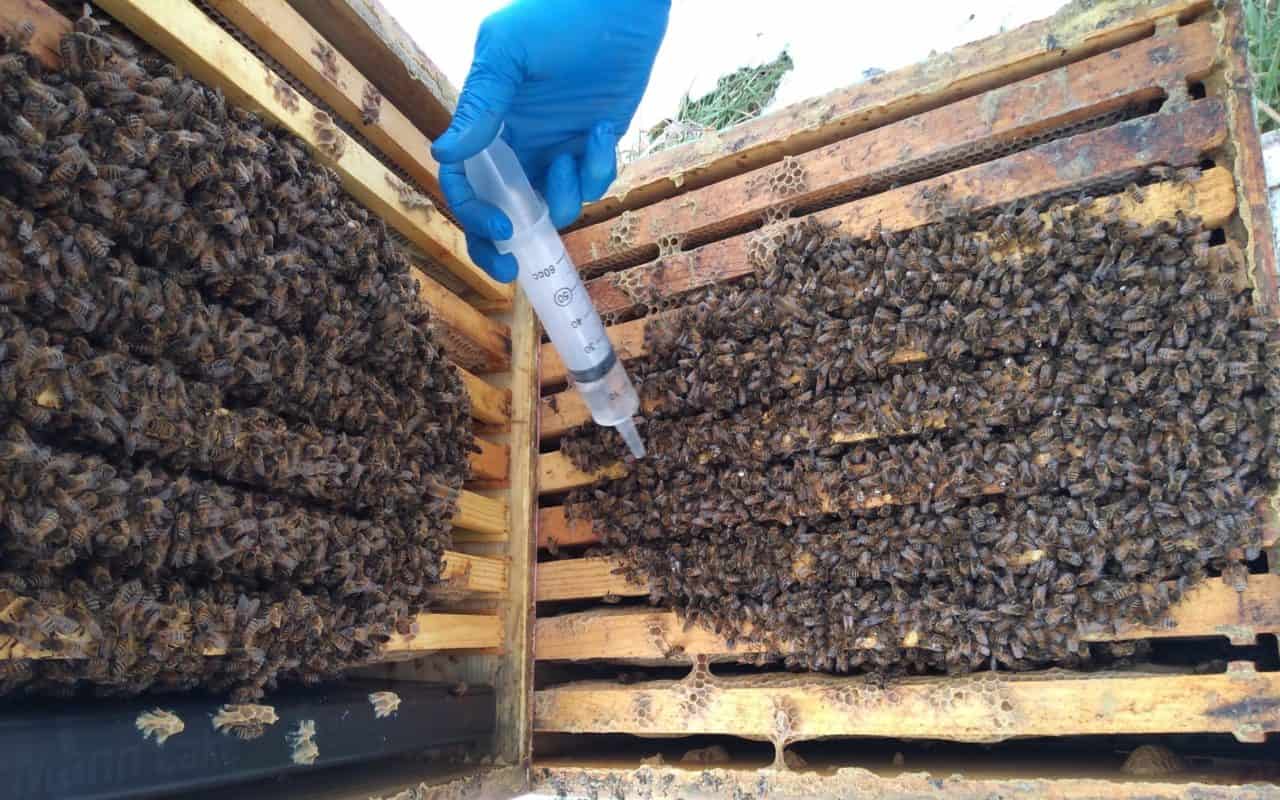Update: The original post showed an image of oxalic acid being used for vaporization that was not labeled for use on honey bee colonies. Using oxalic acid that is not labeled for use for treating honey bee colonies is not recommended or endorsed by Bee Informed Partnership. Guest Blogger and Collaborator: Dr. Meghan Milbrath, Michigan State University On February 23, 2021, the FDA finalized a ruling that establishes an exemption from the requirement of a tolerance for residues of oxalic acid in honey and honeycomb. For many, this was no surprise, as it has been in the works (and open for public comment) for several…
Author: Meghan Milbrath
Meghan Milbrath is a beekeeper and the coordinator of the Michigan Pollinator Initiative at Michigan State University. She performs pollinator related research and extension work, and works with beekeepers and stakeholders around the country. She started keeping bees over 20 years ago, and currently owns and manages a The Sand Hill apiaries, where she manages 150-200 colonies for queen rearing and nuc production.
Why did my honey bees die?
Learning to identify a common cause of winter death in Northern Climates By Meghan Milbrath, Michigan State University Extension, March 8, 2016 Guest Blog Beekeepers in northern climates have already lost a lot of colonies this winter. While official counts won’t be recorded for a few months, some trends are starting to emerge. One of these trends is a specific type of colony death. In Michigan, I’ve received so many calls describing the scenario below, that I can describe the deadout before opening the hive, or before the beekeeper describes it over the phone. While I may impress some with these predictive powers, the…
